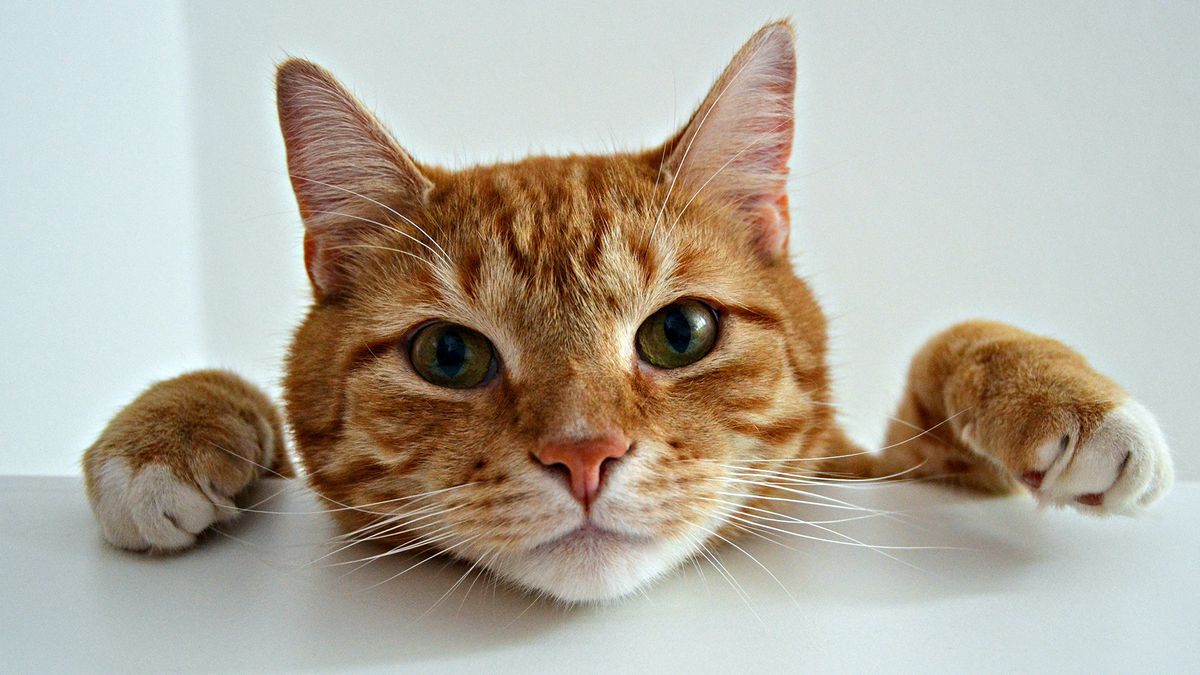Why are some cats orange? This study finally reveals the answer
It’s been a mystery for decades…

Who doesn’t love an orange cat? From cartoon favorites like Garfield and Puss in Boots to our own orange kitties, they’re loved by many of us.
We know, too, that orange cats are most often male, but just what is it that makes some cats orange? It’s always been something we weren’t sure of, but after six decades scientists have found the gene responsible for making our cats ginger.
About the studies
Two teams of researchers have found the mutation independently of each other, discovering a protein that influences hair color in a way we’ve not seen before. Carolyn Brown, a University of British Columbia geneticist not involved in either study, told Science, “I am fully convinced this is the gene and am happy. It’s a question I’ve always wanted the answer to.”
For decades, ginger, tortoiseshell, and calico cats have fascinated scientists. In most mammals, humans included, red hair is caused by mutations in a cell surface protein (Mc1r) that determines whether melanocytes (a type of skin cell) will produce a dark pigment or a lighter red-yellow pigment. Mutations that make Mc1r less active cause melanocytes to get stuck producing the lighter pigment, but the gene encoding MC1r doesn’t seem to explain where cats’ ginger fur comes from.
Greg Barsh, a geneticist at Stanford University, described it as a “genetic mystery,” so his team collected skin samples from four orange and four non-orange cat fetuses at spay-neuter clinics and measured the amount of RNA produced by each melanocyte, determining the gene it encoded.
Why are some cats orange?: The answer
Melanocytes from orange cats were found to make 13 times as much RNA from the gene Arhgap36. The gene is located on the X chromosome, but when the scientists looked at its genetic sequence in orange cats, they didn’t find any mutations in the DNA encoding it.
However, the orange cats were missing a stretch of DNA that could be involved in regulating how much protein the cell produced. And, after scanning a database of 188 cat genomes. Barsh’s team found that every orange, tortoiseshell, and calico cats had the same mutation.
PetsRadar Newsletter
Get the best advice, tips and top tech for your beloved Pets
Meanwhile, another study led by developmental biologist Hiroyuki Sasaki at Kyushu University found the same genetic deletion in 24 cats in Japan as well as among 258 cat genomes across the world, and found that the skin from calico cats has more Arghap36 RNA in orange regions than in black and brown regions.
Leslie Lyons, a feline geneticist at the University of Missouri, said she’d like to know where and when the mutation first appeared – there’s evidence that some mummified Egyptian cats were orange.
For more things to know about our orange beauties, here are 10 facts about orange cats that may surprise you.
The Handbook To Orange Cats | Amazon
This book is described as the ultimate companion in understanding and nurturing the unique personality and needs of orange cats.
Phineas The Orange Cat | Amazon
This is the heartwarming tale of love, loss, and an unbreakable bond between a girl and her magical orange cat.

Adam is a freelance journalist specialising in pets, music and culture, and mental health and wellbeing. He investigates and writes the large majority of news on PetsRadar, and collaborates with veterinary experts to produce informative pet care content.
Adam has a journalism degree from Southampton Solent University and a masters degree in Magazine Journalism from Cardiff University. He was previously senior editor at dog advice website DogTime.com, and has also written for The Independent, GoodToKnow and Healthline.
He owns two rescue cats, Bunny and Dougie, and has also previously had a rabbit, fish and Roborovski dwarf hamsters.












